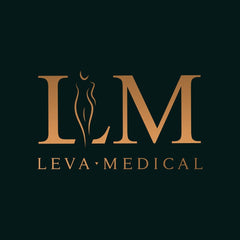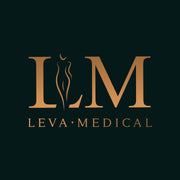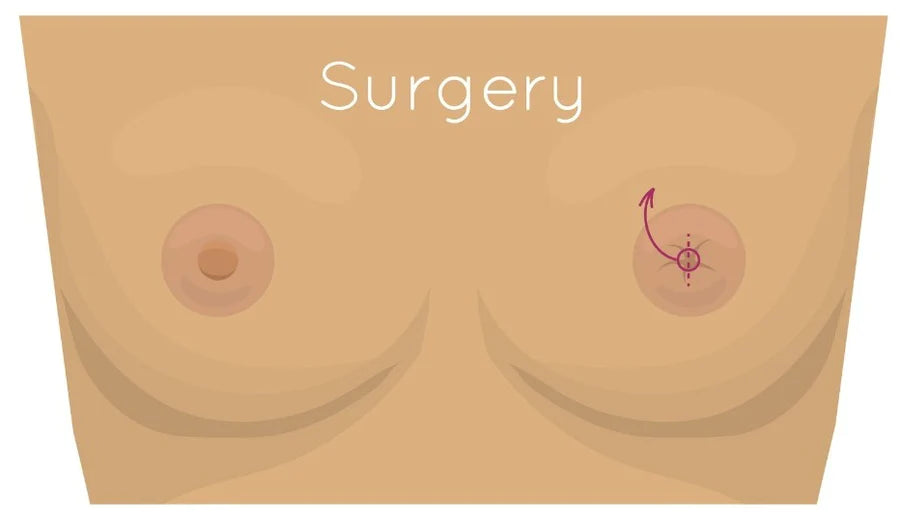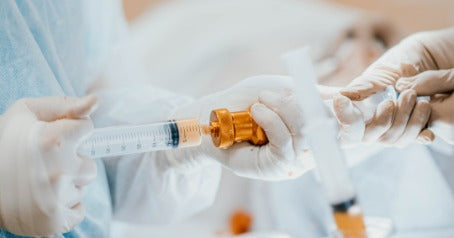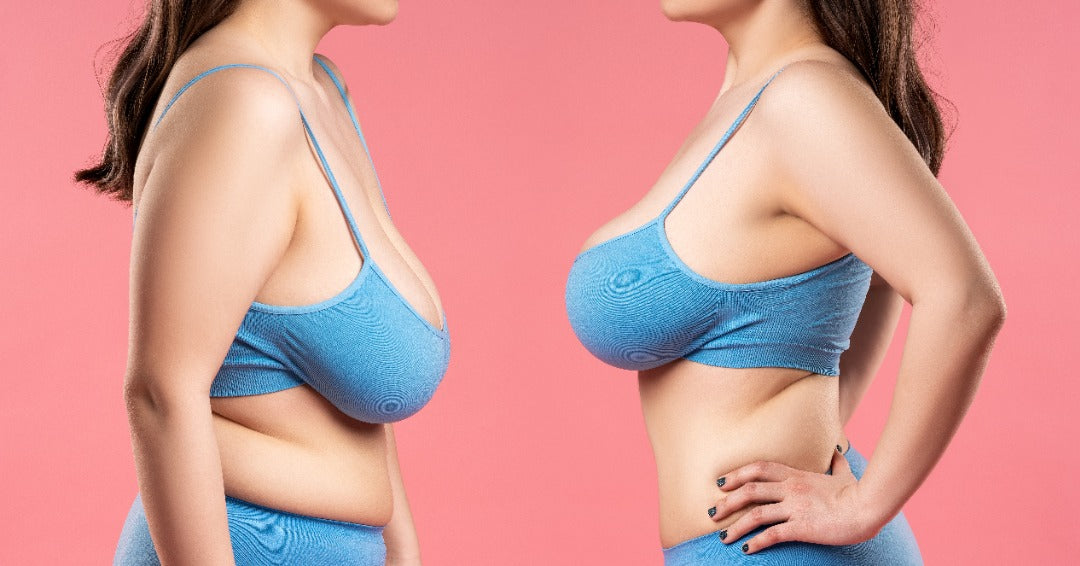Under Eye Fat Transfer for a Youthful Appearance
Under Eye Fat Transfer for a Youthful Appearance
Are you tired of looking in the mirror and seeing dark circles, hollows, or wrinkles under your eyes? Imagine rejuvenating your appearance with a natural, long-lasting solution. Under-eye fat transfer is a cosmetic procedure that could be the answer to your concerns. In this blog post, we will explore how this procedure compares to dermal fillers, the recovery process, and the possibility of combining it with other treatments to achieve comprehensive facial rejuvenation.
Key Takeaways
-
Under-eye fat transfer is a cosmetic procedure to restore volume and smoothness in the area, using one’s own fat.
-
Cost-Effective for Over 40s New to Fillers: Under-eye fat transfer offers a tailored and economical approach for those over 40 who haven't used dermal fillers before. This age group often faces more pronounced volume loss, making the lasting effects of fat transfer ideal as it reduces the need for frequent touch-ups typical with fillers. Unlike dermal fillers, which are priced per syringe, fat transfer involves no such incremental charges, offering a more cost-efficient solution in the long run despite a higher initial cost.
-
Recovery takes 5-7 days, results last years, touch ups may be necessary over time. Can combine it with other facial treatments for comprehensive rejuvenation.
Understanding Under Eye Fat Transfer
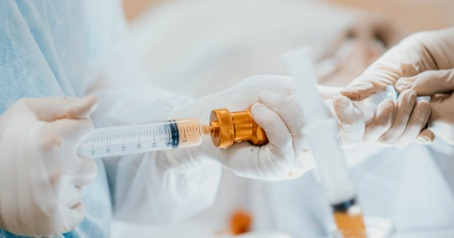
As we age, the delicate skin under our eyes can lose volume, resulting in dark circles and hollows. Under-eye fat transfer is a cosmetic procedure that seeks to address these issues by using your own fat to restore volume and smoothness to the under-eye area. This treatment is suitable for individuals who:
-
are in good overall health
-
are not excessively slim
-
do not engage in strenuous physical activity
-
are not expecting
-
do not smoke
How does this process unfold, and how does it stack up against dermal fillers? We will delve into the specifics of the procedure and the perfect candidates for it.
The Procedure
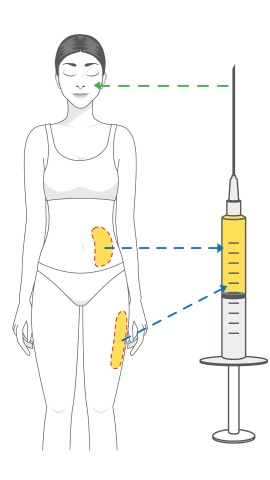
The under-eye fat transfer procedure involves the following steps:
-
Harvesting fat from a donor area, usually the abdomen, using liposuction techniques.
-
Purifying the harvested fat to remove any contaminants and ensure only healthy fat cells are used for the transfer.
-
Skillfully injecting the purified fat into the under-eye area.
-
Filling in hollows and reducing the appearance of dark circles and wrinkles.
What’s the end result? A revived, youthful look achieved using resources from your own body, including the enhancement of blood supply.
Ideal Candidates
Ideal candidates for under-eye fat transfer are individuals who experience volume loss, wrinkles, or hollows under the eyes, are in good overall health, and have realistic expectations about the results. Factors such as age, smoking, and blood-thinning medications can affect candidacy for this procedure.
Speaking with a certified specialist to determine your personal eligibility and secure the best outcome is highly recommended.
Comparing Under Eye Fat Transfer and Dermal Fillers
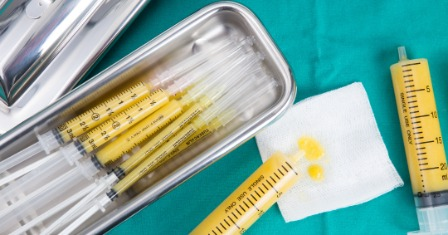
While under-eye fat transfer and dermal fillers both aim to address volume loss in the under-eye area, they have distinct advantages and limitations. Next, we will examine the pros and cons of each treatment alternative, helping you make a well-informed decision about the best option for you.
Advantages of Fat Transfer

One of the main advantages of under-eye fat transfer is its natural, long-lasting results. Unlike synthetic dermal fillers, fat transfer uses your own fat cells, lowering the risk of allergic reactions and complications. This means that the results of a fat injection can be more enduring than those of dermal fillers.
Additionally, facial fat transfer can be a versatile procedure. Not only can it address under-eye concerns, but it can also be used to correct volume loss in other facial areas, such as the cheeks or nasolabial folds. This positions fat transfer as an all-encompassing solution for facial rejuvenation.
Limitations of Fat Transfer
Despite its advantages, under-eye fat transfer has some limitations. These include:
-
The procedure is more invasive than dermal fillers, as it requires small harvest liposuction to harvest the necessary fat cells.
-
This can result in slightly longer recovery time.
-
There may be potential unpredictability in fat survival and final results.
Still, after speaking with a certified specialist and weighing your options, you can decide if the advantages of fat transfer, including the use of grafted fat, surpass its limitations for your particular needs.
Recovery and Results: What to Expect After Under Eye Fat Transfer
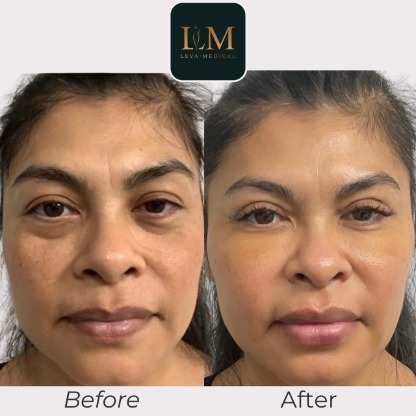
After an under-eye fat transfer, gaining a clear grasp of the recovery process and setting expectations for results is vital.
Moving forward, we will shed light on the recovery timeline and the durability of the results you can expect.
Recovery Timeline
The typical recovery period for under-eye fat transfer is estimated to take 5-7 days, with swelling and bruising likely to dissipate within a week. During this time, it is recommended to follow your surgeon’s post-operative care instructions, such as applying cold compresses and using eye drops to alleviate discomfort and promote healing.
Over the course of 3-4 months, the final results of your fat transfer should become visible as the transferred fat integrates with your body and any residual swelling subsides.
Longevity of Results
The potential durability of results stands as one of the most attractive facets of under-eye fat transfer. In many cases, the results can last for several years or even a lifetime. However, factors such as genetics, aging, and the technique used during the procedure can impact the durability of the results.
Additionally, it’s important to note that some fat absorption is normal and inevitable over time. To maintain optimal results, touch-ups may be necessary due to the natural aging process or more fat absorption.
Combining Under Eye Fat Transfer with Other Procedures
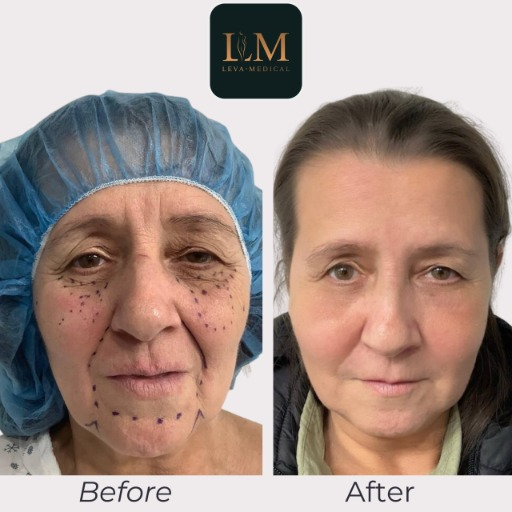
For those aiming for a more holistic facial rejuvenation, under-eye fat transfer can work in tandem with other cosmetic procedures.
Next, we will delve into the advantages of pairing under-eye fat transfer with lower blepharoplasty and other facial treatments.
Lower Blepharoplasty
Lower blepharoplasty, or lower eyelid surgery, can be performed in conjunction with under-eye fat transfer to address excess skin and fat in the lower eyelid area. Combining these procedures can provide additional support to the eyelid skin, improve eyelid alignment, and address infraorbital hollowness.
The result is a smoother, more youthful appearance that can last longer than using dermal fillers, such as hyaluronic acid, alone.
Additional Facial Treatments
In addition to lower blepharoplasty, other facial treatments such as laser resurfacing or chemical peels can be combined with under-eye fat transfer to further enhance the overall appearance and skin quality. These treatments can improve the texture and appearance of the skin, complementing the volume restoration achieved by the fat transfer.
Merging under-eye fat transfer with fat grafting, fat graft, and other facial treatments allows for a more all-inclusive and tailored approach to facial rejuvenation.
Summary
In conclusion, under-eye fat transfer is a promising solution for those seeking to rejuvenate their appearance and address under-eye concerns such as dark circles, hollows, and wrinkles. The procedure offers natural, long-lasting results using your own fat cells, with a lower risk of allergic reactions and complications compared to synthetic fillers. While there are some limitations, such as a longer recovery time and potential unpredictability in fat survival, under-eye fat transfer can provide excellent results when combined with other cosmetic procedures. If you’re considering this treatment, consult with a qualified specialist to determine if under-eye fat transfer is the right choice for you.
Frequently Asked Questions
How long does fat transfer last under eyes?
The longevity of under-eye fat transfer results can be impressive. Recent studies indicate that the effects of this procedure can endure for several years. In this process, fat is meticulously harvested from a donor area of your body, typically the abdomen or thighs, and then strategically injected into the region around your lower eyelids. This not only helps in diminishing dark circles and hollows but also adds a youthful fullness to the under-eye area.
To optimize the longevity of the results, post-procedure care is crucial. One key recommendation is to maintain a face-up sleeping position, especially in the initial weeks following the procedure. This helps in preventing undue pressure on the treated area, allowing the transferred fat to stabilize and integrate more effectively. Additionally, following your surgeon's specific aftercare instructions, including avoiding strenuous activities and managing swelling, plays a vital role in ensuring the best possible outcome and extending the lifespan of your fat transfer results.
How much does under eye fat transfer cost in the US?
The average cost of a facial fat transfer in the US in 2023 ranges from $5,500 to $10,000, with the cost depending on individual needs and expectations.
How do you get rid of lumps under your eyes after fat transfer?
To get rid of lumps under your eyes after a fat transfer, you should treat them with oral and injected medications to smooth them out.
How to restore fat under eyes?
Tear trough fillers with hyaluronic acid are the best way to restore lost volume under the eyes, resulting in a more youthful look. Under-eye dermal fillers are generally safe and last up to one year.
What is the estimated recovery time for under-eye fat transfer?
Under-eye fat transfer typically requires a recovery period of 5-7 days, with swelling and bruising subsiding within a week.
